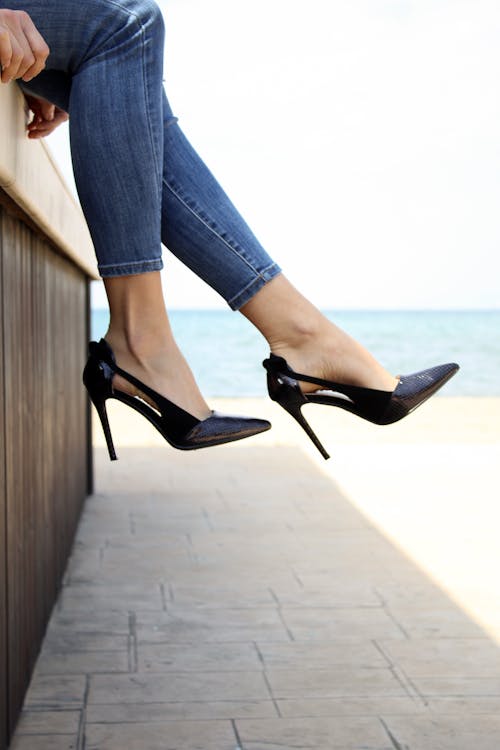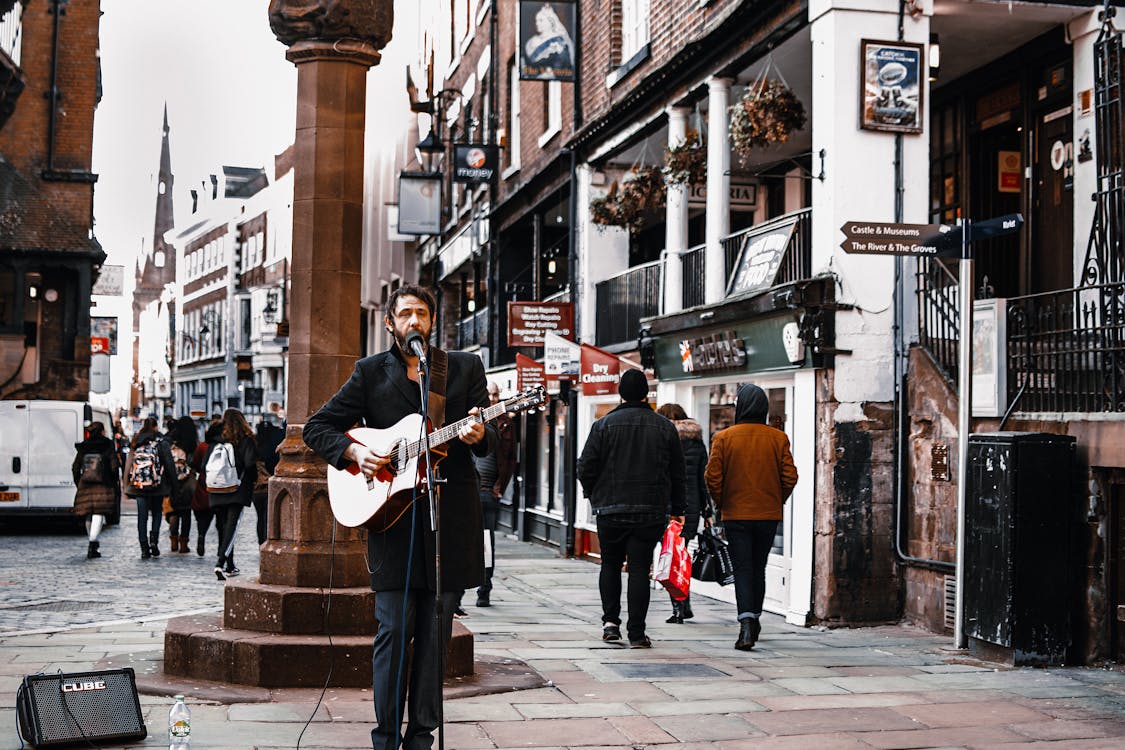1. No Sitting on the Spanish Steps
The Spanish Steps in Rome, a baroque architectural gem completed in 1725, are not only a popular tourist attraction but also a symbol of the city’s historical grandeur. Enacted in 2009, the law banning sitting on these steps was driven by concerns over the preservation of their delicate marble. The law reflects a broader commitment to balancing tourism with the need for conservation. The steps, designed by Francesco de Sanctis and Alessandro Specchi, are subjected to continuous wear from millions of visitors annually. By enforcing fines up to €400, Rome aims to mitigate the damage caused by prolonged contact and foot traffic. This regulation not only protects the physical integrity of the steps but also underscores the city's dedication to preserving its cultural and architectural heritage. This balance of tourism and preservation embodies the challenge faced by many historic cities, where the pressures of modern visitation must be managed alongside efforts to safeguard irreplaceable landmarks.
2. No Drinking from Fountains
Florence’s public fountains, many dating back to the Renaissance and even earlier, form an integral part of the city’s historical and aesthetic landscape. The ban on drinking from these fountains, while seemingly a minor inconvenience, is crucial for maintaining the integrity and cleanliness of these historic features. Many fountains, including the iconic Fountain of Neptune, were originally designed for ornamental purposes rather than modern sanitation. By preventing the consumption of water from these sources, Florence addresses both preservation concerns and public health issues. The regulation serves as a reminder of the delicate balance between maintaining historical authenticity and adapting to contemporary health standards. It also reflects a broader trend in historic cities to ensure that their ancient infrastructure can coexist with modern urban needs.
3. No Wearing of High Heels at Historical Sites
Italy’s prohibition on high heels at archaeological sites such as Pompeii and Herculaneum illustrates a unique intersection of fashion and preservation. These ancient cities, buried by the eruption of Mount Vesuvius in 79 AD, feature pavements and structures that are highly susceptible to damage. High heels, by concentrating weight on a small area, can cause indentations and accelerate wear on these fragile surfaces. The ban underscores Italy's proactive approach to conserving its rich archaeological heritage, ensuring that visitors' footwear does not contribute to the deterioration of historical sites. This regulation is not merely about preventing physical damage; it also reflects an awareness of the broader implications of visitor behavior on the preservation of cultural treasures. It highlights Italy’s innovative strategies to protect its ancient landmarks while accommodating the millions of tourists who come to experience their historical splendor.
4. No Feeding Pigeons in Venice
Venice’s law against feeding pigeons addresses the complex interplay between urban wildlife and historic preservation. The city's unique architecture and canal system are particularly vulnerable to the effects of large pigeon populations, whose droppings can cause significant damage to historic buildings and contribute to public health risks. The law reflects Venice’s efforts to balance its historical and aesthetic charm with practical concerns about cleanliness and maintenance. Pigeons, while integral to the city's ecosystem, can exacerbate issues related to sanitation and building preservation. The regulation, therefore, aims to manage the impact of these birds on the city's environment while preserving the quality of life for residents and maintaining the visual appeal for visitors. It is a nuanced approach to urban wildlife management that seeks to protect both the city's heritage and public health.
5. No Singing in the Street in Some Cities
Regulating street performances, including singing, in cities like Florence and Rome highlights Italy's complex relationship with public expression and urban management. These cities, known for their vibrant cultural scenes, also face challenges in balancing artistic freedom with the need to manage noise levels and avoid disruptions. The requirement for permits for street performances reflects a structured approach to integrating cultural activities into the urban fabric without overwhelming the local environment. This regulation ensures that street performers can contribute to the city’s cultural vibrancy while respecting the needs of residents and businesses. It embodies Italy’s broader effort to harmonize the dynamic interplay between tourism, local culture, and urban living, creating spaces where cultural expression can thrive in a respectful and organized manner.
6. No Owning a Pet Ferret
Italy's prohibition on owning pet ferrets underscores a significant environmental and ecological concern. This regulation is part of a broader European strategy to manage the risks associated with non-native species. Ferrets, which are not indigenous to Italy, could potentially disrupt local ecosystems if they were to escape or be released into the wild. These animals might compete with native species for resources or even become predators, affecting local wildlife balance. The ban reflects Italy's proactive stance on protecting its natural heritage, aligning with European Union policies aimed at preventing the ecological harm caused by invasive species. This measure also highlights Italy's commitment to maintaining the integrity of its diverse ecosystems while balancing pet ownership with environmental stewardship.
7. No Taking Photos of Certain Government Buildings
In Italy, restrictions on photographing government buildings and military sites are driven by national security concerns. This regulation is crucial for protecting sensitive information that could be exploited for malicious purposes. High-profile buildings, including government offices and military installations, often house critical infrastructure or sensitive operations. By limiting photography, Italy aims to prevent potential security breaches that could arise from the unauthorized dissemination of images. This approach reflects Italy's vigilance in safeguarding its national interests while navigating the delicate balance between security and public transparency. The restriction is part of a broader global trend where countries are increasingly wary of security threats in an era of advanced surveillance and potential espionage.
8. No Chewing Gum in Certain Historical Areas
Milan's regulation against chewing gum in historical and cultural areas is a response to both practical and aesthetic concerns. Chewing gum can cause significant problems, such as littering and damage to historical pavements and monuments. Improperly discarded gum can be difficult to clean and may lead to unsightly stains or residue on valuable historical surfaces. This regulation reflects a commitment to preserving the visual and structural integrity of culturally significant sites. It also emphasizes public responsibility in maintaining the cleanliness of shared spaces. By enforcing this rule, Milan aims to enhance the visitor experience and uphold the city’s reputation as a custodian of its rich cultural heritage.
9. No Using a Mobile Phone While Walking
The regulation against using mobile phones while walking in busy urban areas addresses growing safety concerns. As technology becomes more integrated into daily life, distractions from mobile devices have led to an increase in pedestrian accidents. The law aims to reduce these risks by encouraging individuals to stay aware of their surroundings, thereby minimizing collisions and falls. This regulation reflects Italy's broader public safety initiatives, acknowledging the need to adapt to the challenges posed by modern technology. It represents a proactive approach to urban planning and pedestrian management, emphasizing the importance of maintaining awareness in bustling environments.
10. No Wearing of Flip-Flops in Certain Public Places
In various Italian towns and cities, regulations against wearing flip-flops in specific public areas underscore a cultural emphasis on appropriate dress codes. Flip-flops, often associated with casual settings, may be deemed inappropriate in formal or professional environments. These rules reflect Italy’s broader societal values regarding appearance and decorum. By setting standards for public attire, these regulations aim to preserve the ambiance and respectability of various settings, ensuring that dress codes align with cultural expectations and societal norms. This approach highlights Italy's commitment to maintaining a balance between personal comfort and social appropriateness in public spaces.










Comments
Post a Comment